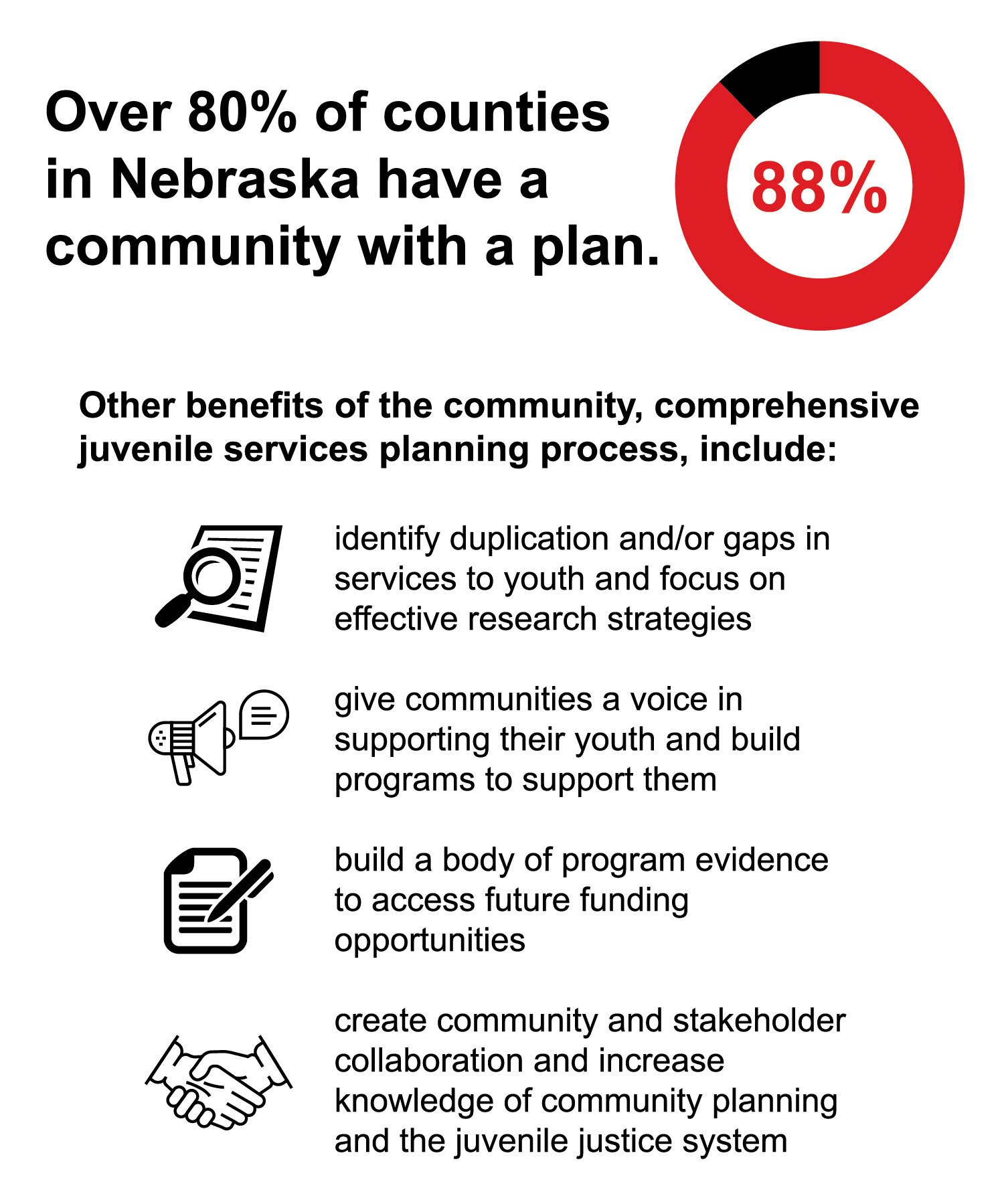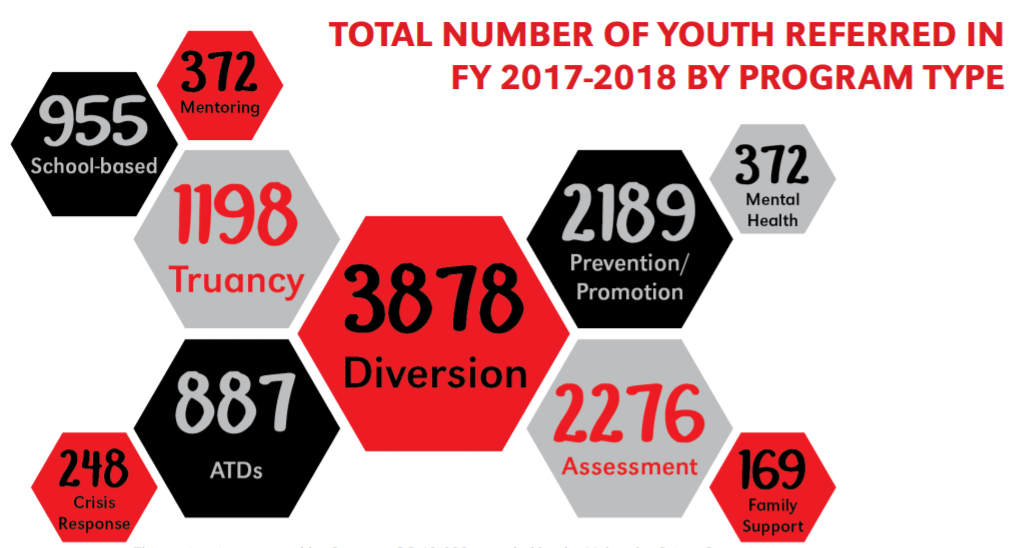Data Entry Processes for JCMS Evaluations
The quality of the Evidence-based Nebraska juvenile justice program evaluations rely on the assumption that program staff are utilizing common definitions when gathering and entering data, and that the data entered is accurate. One method for ensuring accuracy is for programs to employ the best process for data entry.
As part of the JCMS Definition and Data Fidelity (JDDF) Project, we examined data entry processes for the Juvenile Case Management System. Below are some highlights from what we learned.
JJI staff recommend the service provider enter their data to reduce data sharing and having to request data not initially provided. We also recommend using forms that match the JCMS so that these variables can be collected from the beginning. The JJI has created a form for each screen in the JCMS.
Data by program type and each program are available in the Evidence-based Nebraska annual report.





























